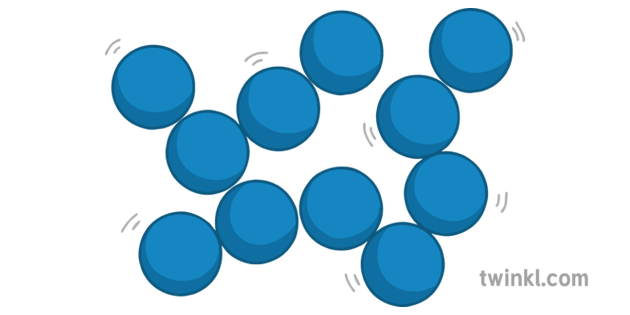
The gene encoded the ability to break down chitin, a carbon-rich material that comes from the sloughed-off shells of arthropods, such as insects and crustaceans. Researchers in Chisholm’s lab were looking for signs of mixotrophy when they stumbled on a common gene in several modern strains of Prochlorococcus. These microbes are “mixotrophic,” using a mix of other carbon-capturing strategies to grow. Both organisms make a living through photosynthesis.īut it turns out that some strains of Prochlorococcus can adopt alternative lifestyles, particularly in low-lit regions where photosynthesis is difficult to maintain. The other group is Synechococcus, a closely related microbe that can be found abundantly in ocean and freshwater systems. Prochlorococcus is one of two main groups belonging to a class known as picocyanobacteria, which are the smallest photosynthesizing organisms on the planet. MIT co-authors are Giovanna Capovilla, Greg Fournier, Julia Schwartzman, Xinda Lu, Alexis Yelton, Elaina Thomas, Jack Payette, Kurt Castro, Otto Cordero, and MIT Institute Professor Sallie (Penny) Chisholm, along with colleagues from multiple institutions including the Woods Hole Oceanographic Institution. “It was the fact they were able to attach to these chitin rafts that enabled them to establish a foothold in an entirely new and massive part of the planet’s biosphere, in a way that changed the Earth forever.”īraakman and his collaborators present their new “chitin raft” hypothesis, along with experiments and genetic analyses supporting the idea, in a study appearing this week in PNAS. “If Prochlorococcus and other photosynthetic organisms had not colonized the ocean, we would be looking at a very different planet,” says Rogier Braakman, a research scientist in MIT’s Department of Earth, Atmospheric, and Planetary Sciences (EAPS).

Eventually, they would have evolved to a point where they could jump ship and survive as the free-floating ocean dwellers that live today. Thus fortified, generations of microbes may have then had the opportunity to evolve new abilities to adapt to the open ocean. These chitin rafts may have also provided essential nutrients, fueling and sustaining the microbes along their journey. The microbes hitched a ride on passing flakes, using the particles as rafts to venture further out to sea. In a new study they propose that ancestors of Prochlorococcus acquired an ability to latch onto chitin - the degraded particles of ancient exoskeletons. MIT scientists believe that rafting was the key. How then did descendants of these coastal dwellers end up as the photosynthesizing powerhouses of the open oceans today? Ancestors of the microbe likely stuck closer to the coasts, where nutrients were plentiful and organisms survived in communal microbial mats on the seafloor. A measurable fraction of their carbon-capturing muscle comes from Prochlorococcus - an emerald-tinged free-floater that is the most abundant phytoplankton in the oceans today.īut Prochlorococcus didn’t always inhabit open waters. Collectively, these photosynthesizing plankton, or phytoplankton, absorb almost as much CO2 as the world’s terrestrial forests. As they drift, the tiny organisms use sunlight to suck up carbon dioxide from the atmosphere. Existing challenges and future opportunities are discussed herein.Throughout the ocean, billions upon billions of plant-like microbes make up an invisible floating forest. The particles have no known commercial applications, but they show promise for drug delivery, soft electronics, microfluidics, catalysis, batteries, energy harvesting, and composites. They also have unusual phase behavior that depends on the size of the particles. Gallium-based liquid metal particles possess several notable attributes, including a metal–metal oxide (liquid–solid) core–shell structure as well as the ability to self-heal, merge, and change shape. The liquid nature of gallium enables fabrication methods-such as microfluidics and sonication-that are not possible with solid materials. A variety of fabrication methods produce liquid metal particles with variable sizes, ranging from nm to mm (which is the upper limit set by the capillary length).

Unlike mercury, which is toxic and has a finite vapor pressure, gallium possesses low toxicity and effectively zero vapor pressure at room temperature, which makes it amenable to many applications. Gallium-based liquid metals combine metallic and fluidic properties at room temperature.

This work discusses the attributes, fabrication methods, and applications of gallium-based liquid metal particles.


 0 kommentar(er)
0 kommentar(er)
